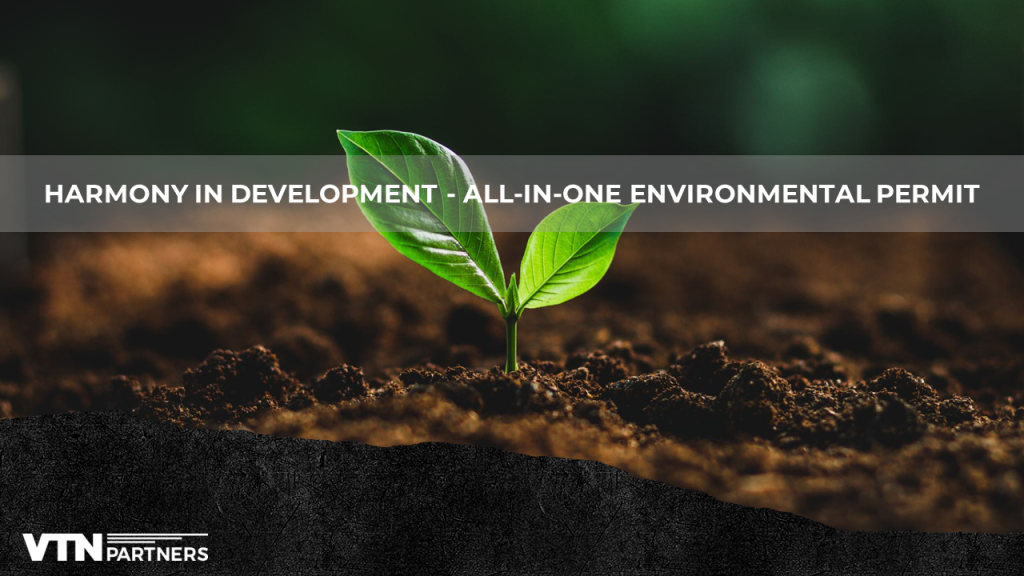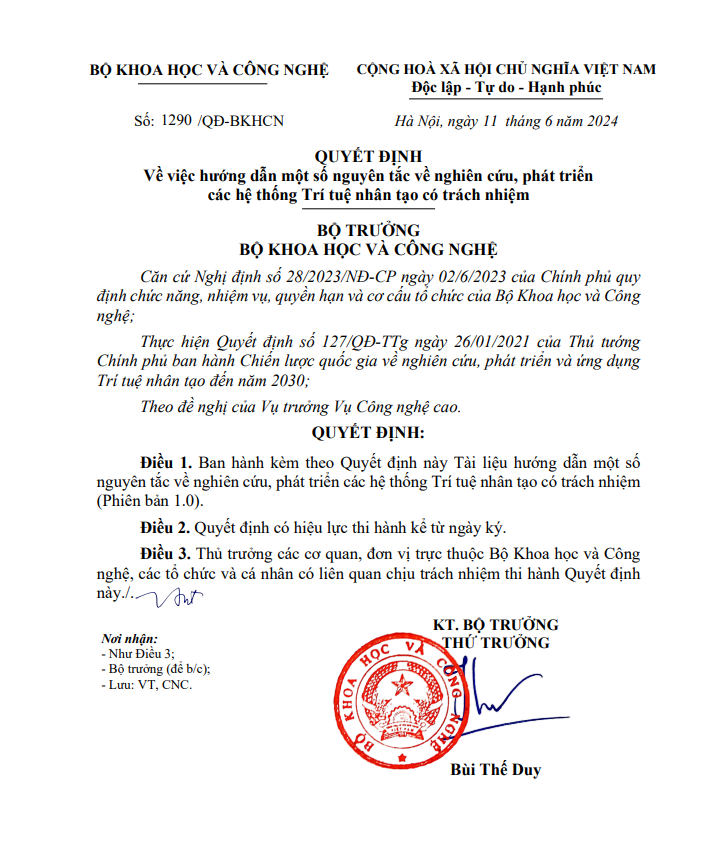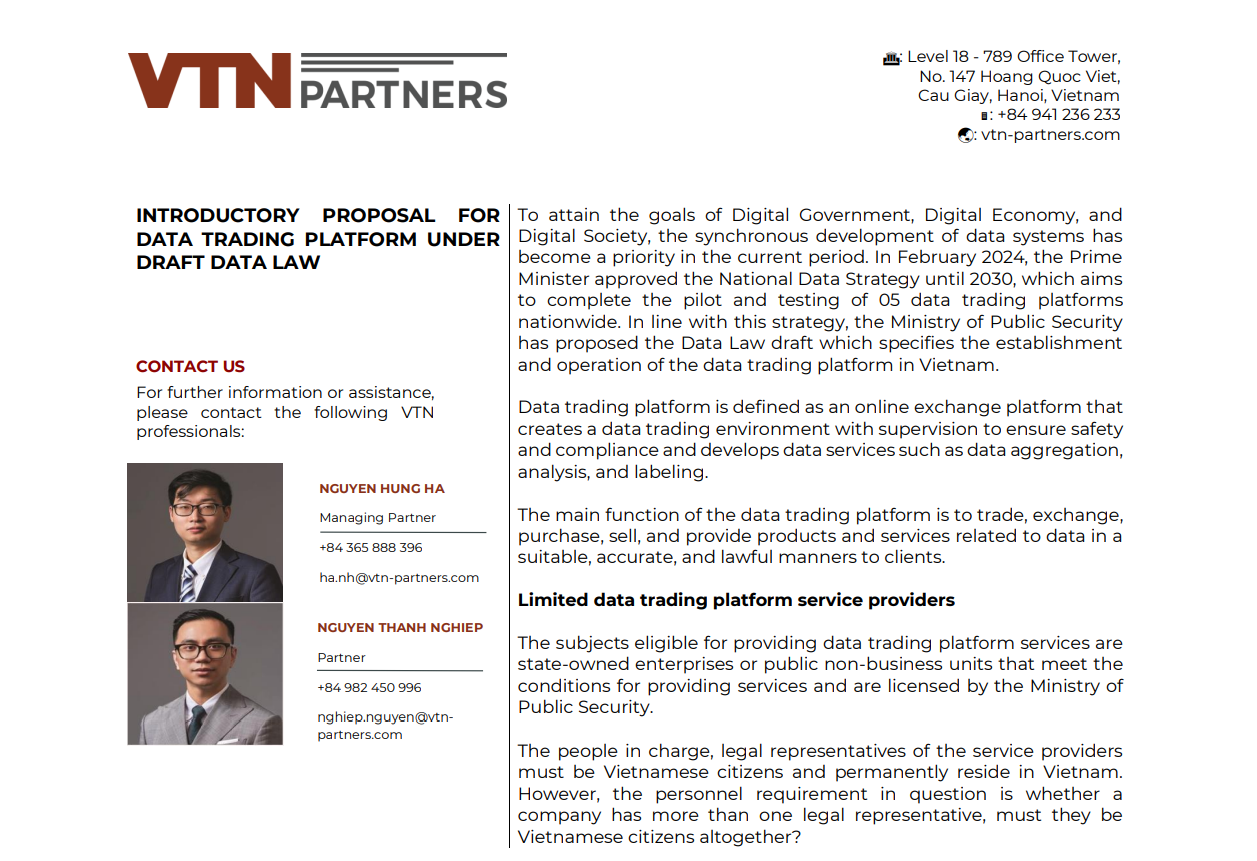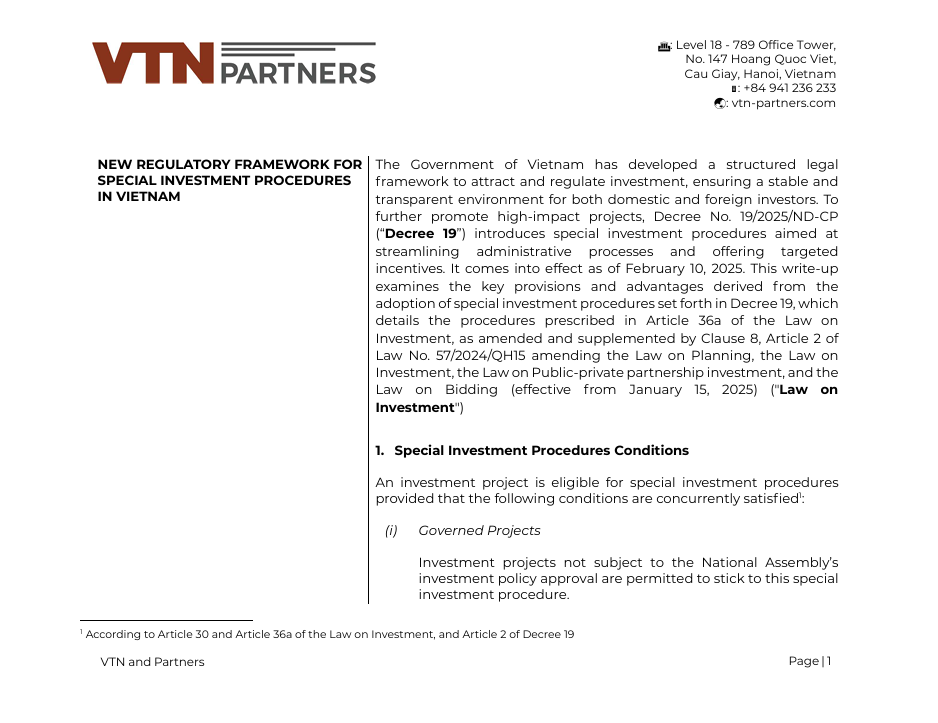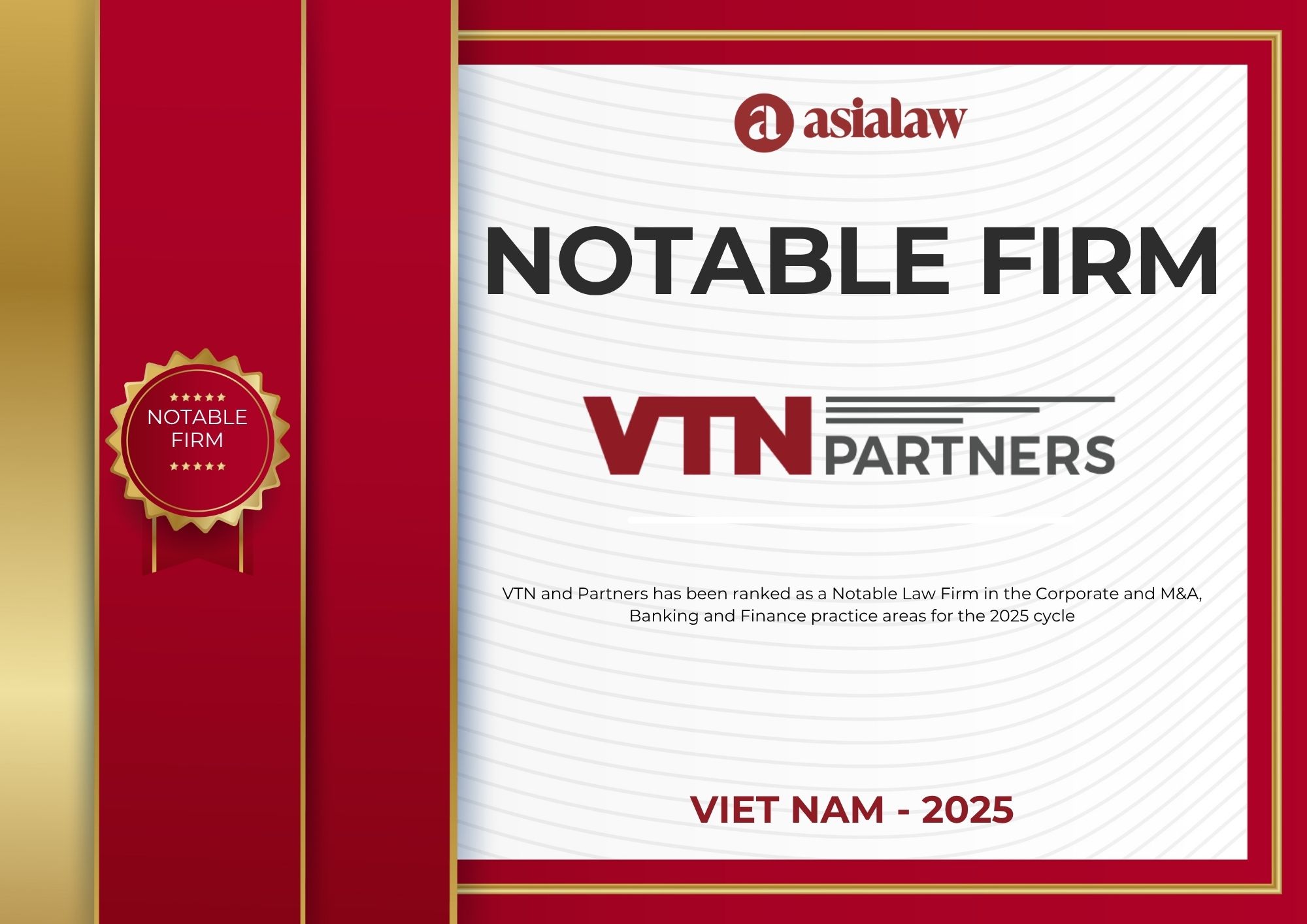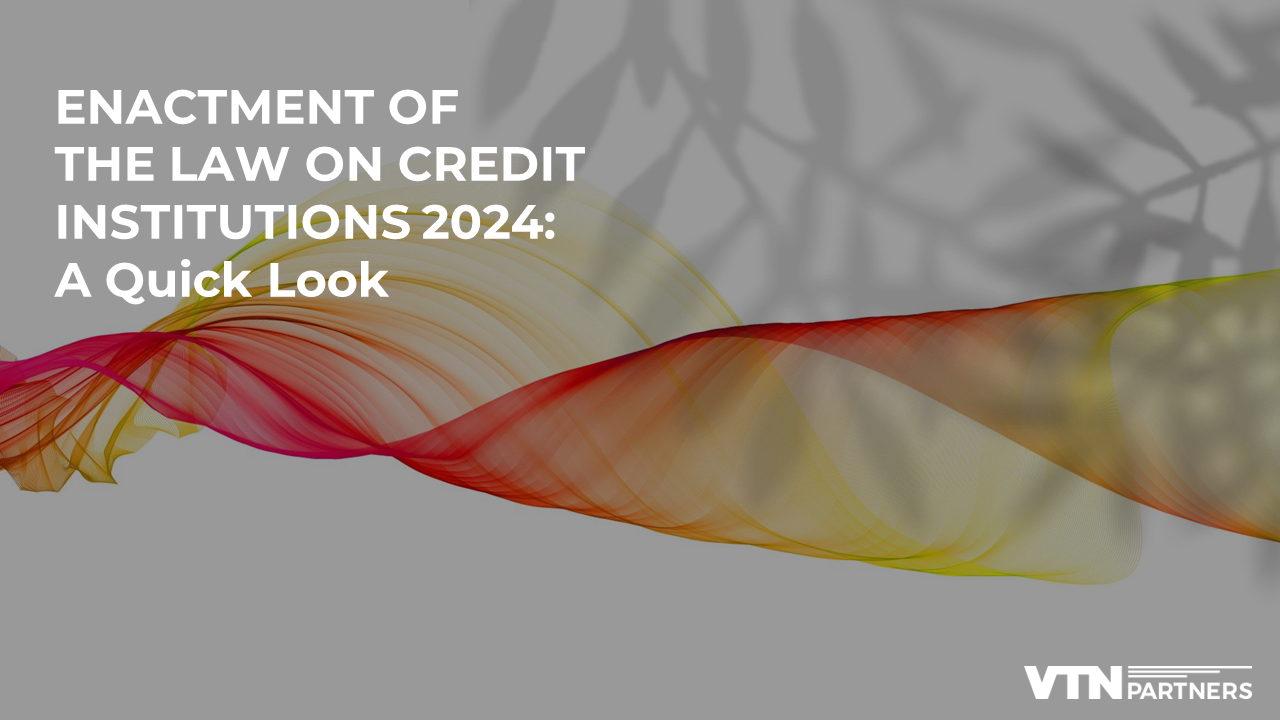This article is written by Vu Manh Hung, Truong Viet Hoa, and Nguyen Thanh Nghiep
The enactment of the Law on Environmental Protection in 2020 marks a significant milestone in Vietnam’s commitment to safeguarding its natural heritage and fostering sustainable development. A notable addition within this comprehensive legal framework is the provision for an Environmental Permit, a progressive tool designed to regulate and monitor activities with potential environmental impacts. This innovative mechanism not only underscores the nation’s dedication to responsible environmental management but also serves as a powerful instrument for ensuring that industries, businesses, and projects operate in an environmentally conscious and socially responsible manner. In this exploration, we delve into the intricacies of the Environmental Permit, its definition, key components, application process, and broader implications for Vietnam’s sustainable future.
- Overview of Environmental Permit
1.1. Definition
As defined under Article 3(8) of Law on Environmental Protection 2020 (“LEP”), Environmental Permit means a document granted by a competent authority to an organization or individual engaged in production, business, or service activities. Such a permit enables its holder to discharge waste into the environment, manage waste, or import scraps for use as production materials but requires the holder to meet law-specified environmental protection requirements and conditions.
1.2. Contents of an Environmental Permit
Pursuant to Article 40 of LEP, components of an Environmental Permit include:
- General information about the investment project, business, dedicated area for production, business operation, and service provision, or industrial cluster;
- Items to be licensed;
- Environmental protection requirements;
- Validity period;
- Other contents (if any)
The form of the Environmental Permit is regulated by the Ministry of Natural Resources and Environment and available under Circular No. 02/2022/TT-BTNMT.
- Issuance of Environmental Permit
2.1. Regulated Subjects
Article 39 of LEP sets forth the regulated subjects which are required to obtain Environmental Permits:
- Investment projects of groups I, II, and III discharging wastewater, dust, or emissions into the environment that are subject to treatment or discharging hazardous wastes that are subject to management in accordance with waste management regulations before such projects are officially commissioned.
- Investment projects, centralized production, business and service establishments and zones, and industrial clusters that commence their operation before January 1, 2022, and are subject to environmental criteria like those for the projects listed in the preceding paragraph.
- Particularly, Environmental Permit is exempt for the projects mentioned in the first paragraph of this section if they are urgent public investment projects as defined by the law on public investment.
2.2. Authority to Issue Environmental Permits
Pursuant to Article 41 of LEP, the Ministry of Natural Resources and Environment grants Environmental Permits for large-scale projects that are likely to have serious adverse impacts on the environment. The Ministry of National Defense and Ministry of Public Security may grant Environmental Permits for investment projects and establishments involving state secrets concerning national defense and security. In other cases, such permits are granted by the provincial-level or district-level People’s Committee.
- Timing of the Permit Application
In accordance with Decree No. 08/2022/NĐ-CP guiding LEP, environmental impact assessment (EIA)-required projects must file applications for the environmental permits as follows:
3.1. EIA-required Projects
Project owners are required to submit applications for environmental permits upon completing waste treatment works for the entire project, for phased investments of the project (if applicable), or for independent waste treatment components of the project.
3.2. EIA-exempted Projects
Project owners not required to conduct an environmental impact assessment have the right to determine the timing of submitting applications for environmental permits after meeting the required documentation.
3.3. Existing Projects, Centralized Production, Service and Business Areas, and Industrial Clusters
Owners of the projects operating before the effective date of the LEP and having environmental criteria (such as projects of Group I, II, III), being in the process of experimental operation for waste treatment works, can determine the timing of application submission for environmental permits to ensure that permits would be obtained upon the end of experimental operations, but no later than 45 days or 30 days applicable to permits issued by ministerial-level or provincial/district-level authorities respectively.
Similarly, centralized production, service, business areas, and industrial clusters are entitled to determine the timing of application submission for environmental permits but no later than 45 days or 30 days applicable to permits issued by ministerial-level or provincial/district-level authorities respectively.
- Bases, Applications, and Procedures
4.1. Bases for Environmental Permit Issuance
- The dossier for the issuance of an environmental permit.
- EIA report approved by the competent state authority (if applicable).
- National, provincial, and regional environmental protection plans.
- Environmental technical standards and regulations.
- Provisions of laws on environmental protection and water resources.
4.2. Request for Environmental Permit Issuance
Basically, an application dossier for the environmental permit includes the following documents or set of documents:
- An application form
- Proposal report for environmental permit issuance
- Legal and technical documentation of the project
4.3. Procedures
The procedures for environmental permit issuance can be simply illustrated below.
•Step 1: Application submission
•Step 2: Examination and Review
•Step 3: Consent of Water Resource Authority or Industrial Zone
•Step 4: Environmental Permit Issuance
